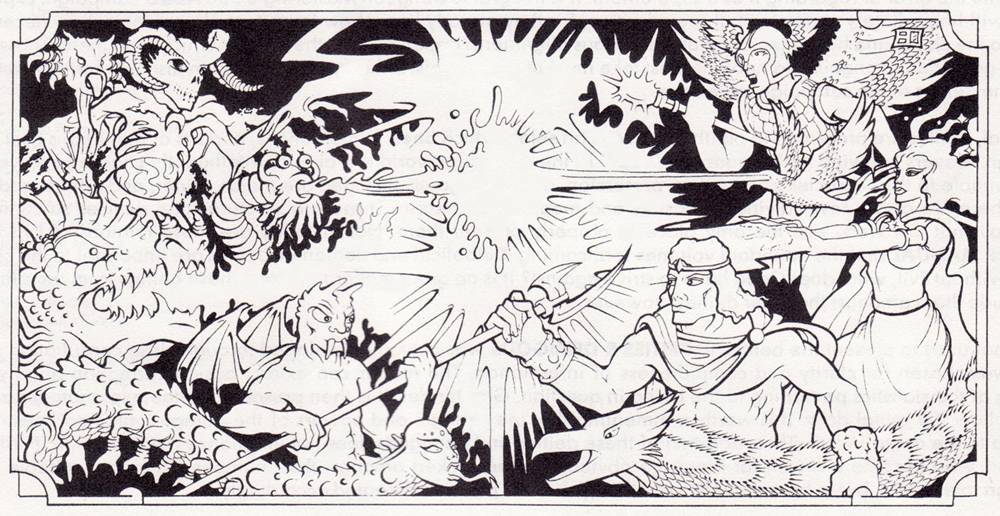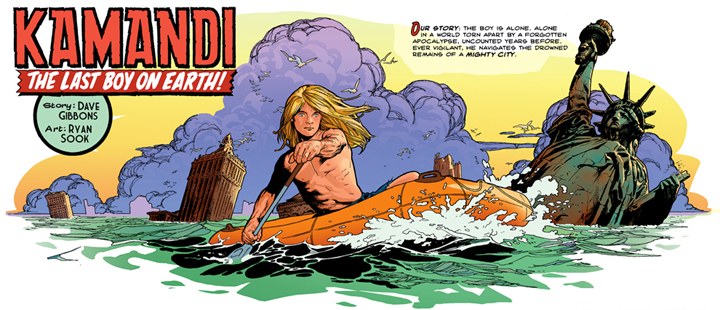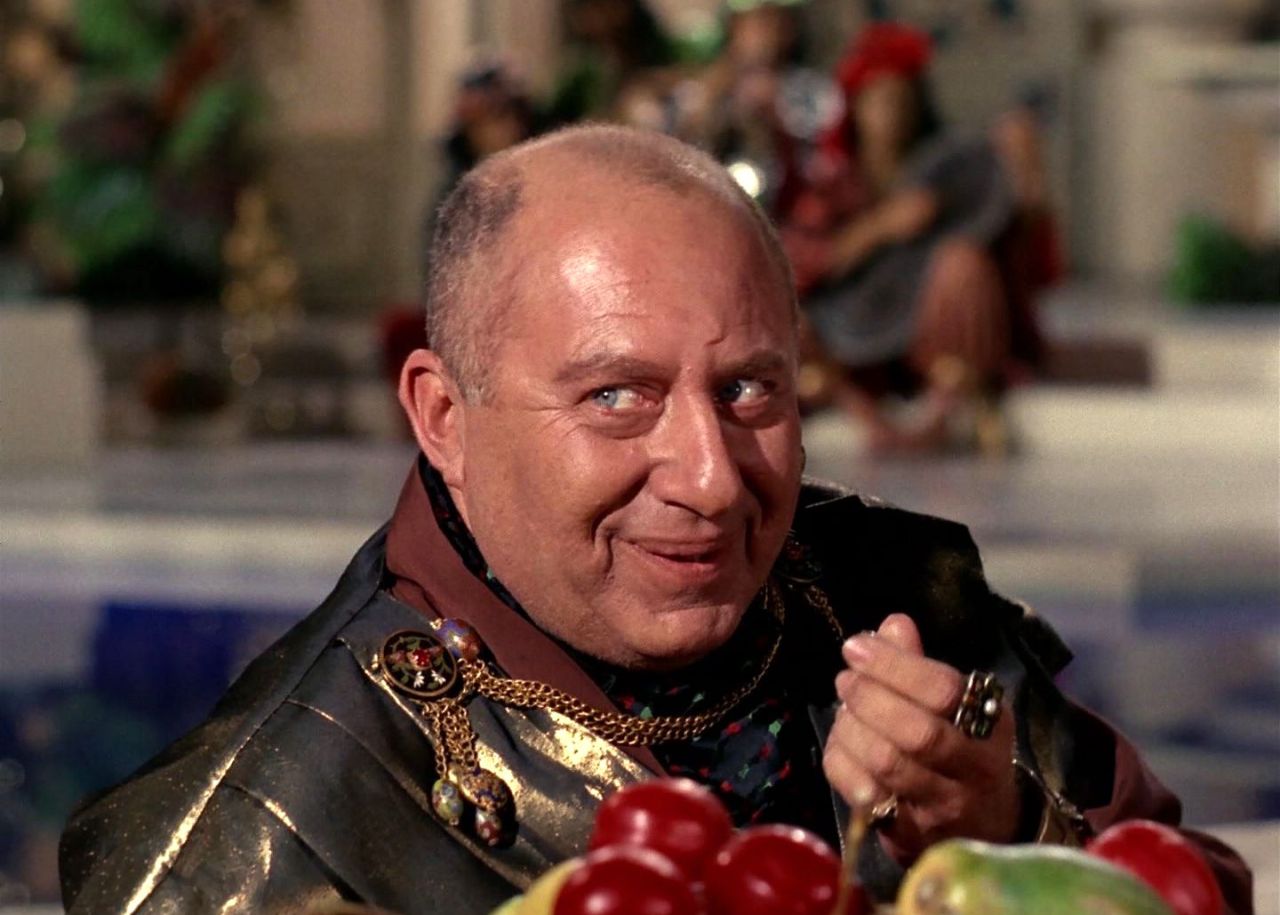Justice League is, by and large, the Justice League movie fan complaints about
Man of Steel and
Batman v Superman suggest they have been waiting for. It is more uneven and rough-edged than
Wonder Woman, but it does put the DC cinematic universe on firm footing.
I would say the negativity in most of the critical reviews is a bit of a puzzlement to me, except that it isn't entirely. The polish and ready humor (bordering on outright comedy at times) of the Marvel films have set the yardstick by which these things are judged. Warner hasn't understood the memo (particularly Snyder) and the only thing to be done is to keep reading it to them until they do.
There was a time when superhero product wasn't so slick and by-the-numbers.
Iron Man was original at one time, and it's follow-up reverted a bit to tried and true superhero film formula.
Dark Knight is often considered the best superhero film ever, but it is completely bereft of comedy relief CGI characters that now seem a standard element at least of the
Guardians of the Galaxy style Marvel films. The earlier Snyder films certainly have their faults, but as
others have
argued the dislike directed against them seems to have less to do with their cinematic failings than their approach to the characters.
Justice League responds to many of those complaints. We have heroes being heroic--and heroes finding their way to heroism after being lost in some way. There is humor, particularly from the Flash, who is different from his tv and comic incarnations to a degree, but has enough to charm to win you over. Momoa's Aquaman seemed like he might be tedious and one-note from the trailers, but I didn't find that to be the case. Though their on-screen development is necessarily limited, every one of the characters gets a bit of an arc that takes off and lands nicely (unlike say Valkyrie's disappearing alcoholism in
Thor: Ragnarok). Much of the humor is kind of at Batman's expense, which serves to undercut any grimness or the "hypercompetent Batman" that sometimes plagues the comics.
The setup of the film is very comic book like in structure. It establishes and moves on. This might feel choppy to some viewers and those not familiar with the characters and the universe might feel some things are under-explained. Atlanteans just
are, as are Mother Boxes. The movie doesn't spend any time trying to make you accept either or give you more than the story-essential backstory.
The last two thirds of the film have more conventional pacing and cutting and fall into problem solving and fisticuffs. Superhero fights in film have gotten a bit tired by now, I think, and this film doesn't do anything to make me rethink that assessment, though it is far from the worst example. Flash's speed effect winds up being similar to Quicksilver's but it's utilized in a different enough way that it doesn't seem derivative. Wonder Woman is a badass, Aquaman is sort of reckless, Batman is out of his depth, but smart. Cyborg is lacking in confidence, but the key to defeating the villain.
The film has it's problems of course. Its villain continues the superhero film trend of being not terribly interesting. He's better realized than Wonder Woman's antagonist, at least. The CGI is strangely dodgy in spots, particularly in a sort of prologue (don't let that brief scene sour you on it). The color palette is still darker than ideal.
But you know what [and this is a SPOILER so you are warned]...
The mid-credits sequence is Flash challenging Superman to a race. It made me smile for comic book nostalgia reasons, which it as been a while since a Marvel film did that.









































